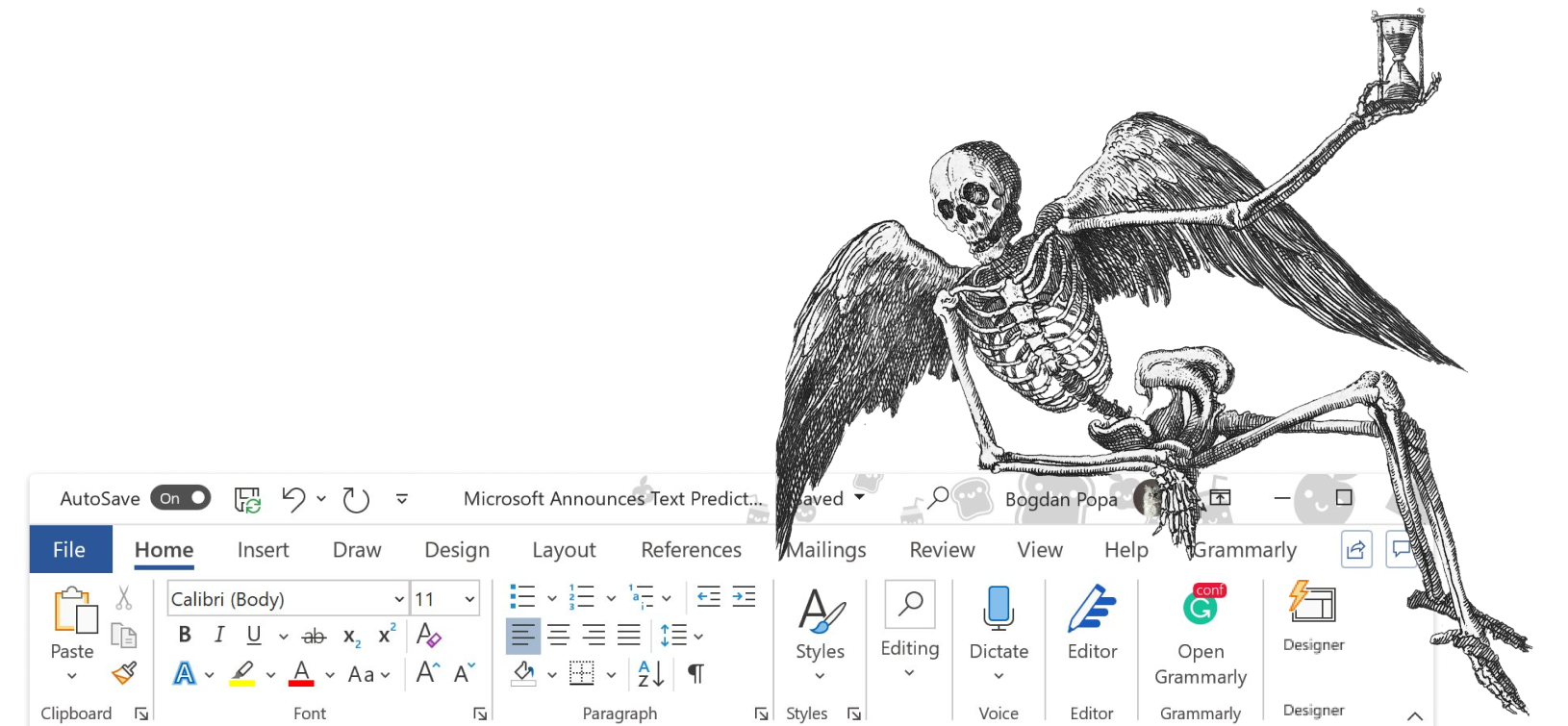Technology evolves from raw to complex to simple. From the fist to the hand axe to the hammer. From carts to the Model T to Tesla. From switchboard-operated phones to digital phones to smartphones. From SMS to Facebook to Messenger. From the crude to the cooked to Sushi. After seven years of development, where on this path is iA Writer?
The Raw
When we launched iA Writer, our idea was: get buttons out of the way and put writing back in the center. It was raw. No fonts, no settings, no switches. Our idea was not a first—but the way we designed it, the details we added, focus mode, auto markdown, keyboard extension and the dynamic title bar, they made a little dent in the writing app universe. The iA Writer look, monospaced Nitti with a slight gray background and a bright blue cursor, is now iconic. Over the years, there are almost two Million copies on iOS, Mac, and Android. A quarter of those who download our app, still use it—on Android it’s one third. Wherever we go, we meet people that know us. Not everybody is an eternal fan, but we get a lot of beautiful compliments:
“I don’t know what it is, but I forget everything else when I use it.”
“Your program is the single most useful and remarkably clever—invisibly so—device for writing that I can name.“
“You made me free.”
This is wonderful and motivating and it is thrilling.
The Cooked
We have made small and big and bad mistakes along the way. We have skin in the game. Working on our own software is a serious matter. It has changed us as a business and as people. Now, seven years later, we are at a turning point. What’s up?
Design: Features, features, features
With a growing customer base, we constantly needed to add features to satisfy the ever-branching needs. App store ratings pushed us into adding modes, templates, and settings. And these big feature comparison charts people go to before making buying decisions? They make you look bad if you don’t have night mode, WordPress export, 555 templates and an Indonesian name generator.
We don’t like this trajectory; step by step it pushes us into the opposite of where we came from. We handled it alright. iA Writer still has only one font for writing, but now offers night mode, WordPress, Templates and a bunch of settings. Features as such are not evil, the devil is in making sure that they stay a detail.
Business: Apps are free, making them is not
The app store has evolved. People are tired of apps. New releases do not generate much attention, new features don’t sell exponentially more copies anymore. Left and right, indie companies are leaving the store and/or moving to subscription model. We understand why developers change gears. Making money is never easy.
Technology: Plain Text FTW
Plain text is app and platform independent. We are married to plain text. Markdown has served us well, adding transclusion and configurable templates have been a solid win for us and our customers. In terms of platform, we are convinced that offering iA Writer for Android is a key sales point for us. Humans don’t like being locked in.
The Sushi
Design: From Complex to Simple
The main design challenge we are facing: simplify the user interface, so it becomes as light as the very first Writer, yet stay feature par and compatible with the last version. How do we get there? On iOS, we took our core philosophy “keep your hands on the keyboard and your mind in the text” to a new extreme.
The new iA Writer for iOS looks and feels like a standard app: the controversial menus are gone. At all times, it allows you to do everything without leaving the keyboard, and it offers a more flexible library with favorites and smart folders. iA Writer for Mac will have a more powerful library too, while further reducing UI complexity. iA Writer for Android is now moving fully over to Material Design, it will get better search and it will become substantially simpler as well.
We are looking for beta testers for iOS and Android. Write to [email protected] if you’d like to help.
Business: Subscription or No Subscription?
The elephant in the room is: Who will pay for this? Will there be a paid upgrade? Do we ask for subscriptions? Talking to other devs you can get tough guy advice like:
“People always complain, they don’t understand technology, you need to live, you have tons of fans, you lose some, win others, who cares?”
Trust is earned in drops and lost in buckets. Yes, we need to live. But that’s our problem. Explaining that dev costs and comparing software to coffee, sandwiches or cars is not convincing. The only ones that will feel you are friends, family and other indie devs. Friends don’t count money. Customers do. To own, we pay more. To rent, we pay less. Strangers don’t genuinely care about our wellbeing—they compare prices and pick the best value. Subscriptions are tough. They are not bad or impossible, but they need to meet real life expectations:
a) Renting is less expensive than buying b) Expensive products hold longer than cheap products c) Buying vs renting should be a fair choice
In general, subscriptions are more acceptable if you have a precious remote service. (This is why Adobe calls their subscription service “creative cloud”, even though there is not much cloud there).
Currently, at our price point, we can’t get much cheaper. Our prices can only go up if we up our value. And if we offer a subscription, it won’t be a forced price hike to milk poor poets and students but a cheaper alternative for organisations.
Technology: Plain text forever, but on more systems
The obvious format to write in is plain text. Plain text doesn’t require you to use one app for all your texts. It works everywhere. No lock in, built upon standard formats, stored transparently. Nothing will change there, but we are now more than ever focused on offering iA Writer on different platforms. Apple is cool. Independence is cooler for both us and our customers.
Cross roads: Easy and hard questions
Over the past seven years designing and making apps, we’ve learned to go in small steps, to never speculate what users want, to ask and test along the way. We avoid big promises that are not at least in alpha. Instead, we ask open questions even if they might reveal where we are going. It’s not what, but how you do it. We have an easy and a hard question for you.
The easy question: Here are our top five feature requests—what else do you wish? [email protected]
1) Locking single files with a security code 2) ePub export 3) Writing goals 4) Chapter outlines 5) More font size flexibility on iOS
The tough question: Here three are the biggest wishes we receive—how much would you pay for each of them? (mailto:[email protected])
1) A Windows version 2) A Web version 3) Discounts for businesses and organizations
Moving Up
We are five people serving five hundred thousand writers. We didn’t raise money. We didn’t buy fast cars. iA Writer always paid its own bills and it felt and feels great to work on it and in it. iA Writer is not supposed to take over the world. We’d like to give the experience of disappearing in the text to as many people as possible. We’d like you to forget everything around you when you work with it. We give our best to make our tools as simple, as calm and as affordable as we can.
In every design iteration, our individual versions evolved from the raw, to the complex, to the simple. Overall, we have reached a point where our adventure now leads, not back to a raw app, not onward to a more complex app, but upwards to a simpler app. In many ways, we evolved similarly as developers, designers, and independent business owners. We started raw; our hearts and minds got boiled by constraints, mistakes, feedback, and challenges; these days we’re calmly cleaning up.
How far are we? Android is close, iA Writer 5.0 for iOS is scheduled to come out on the seventh anniversary of iA Writer, at the end of September. The new Mac app is scheduled for November. We’ll share some design previews along the way. Subscribe to our newsletter or follow @iawriter on Twitter to stay up to date.









